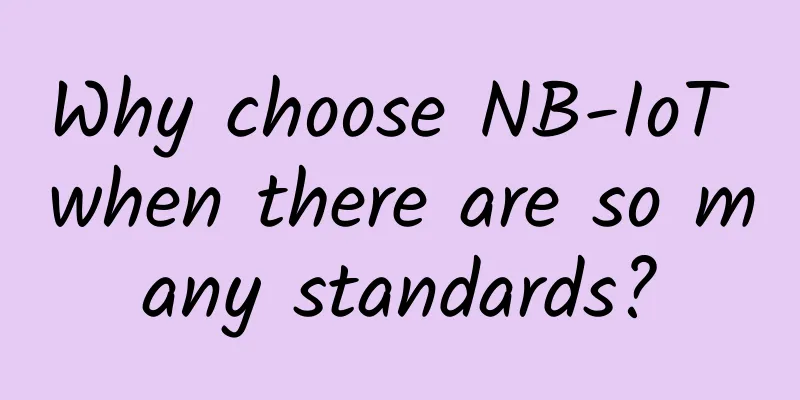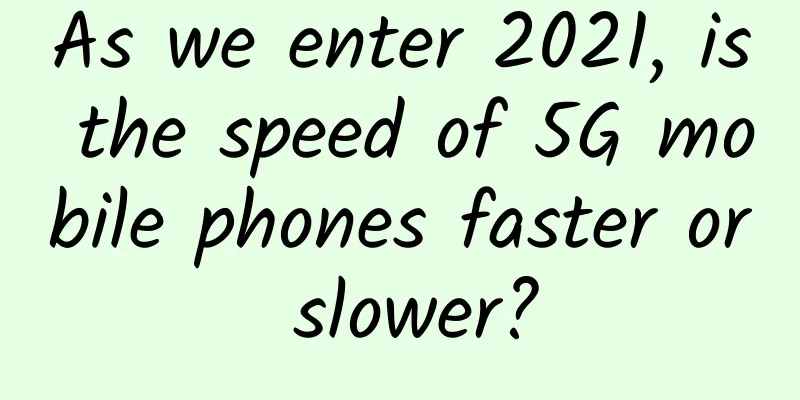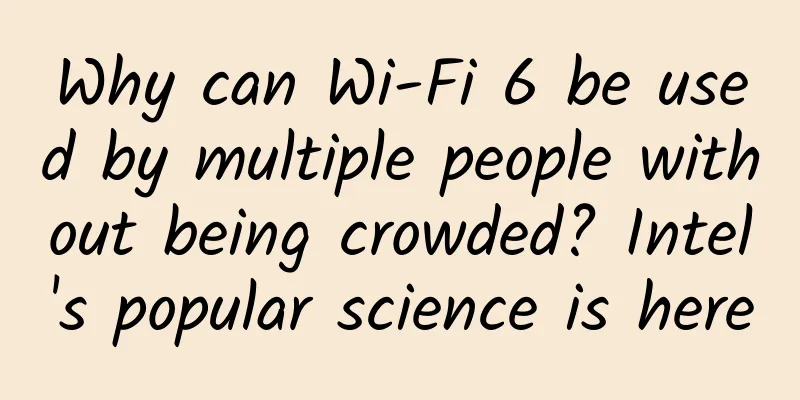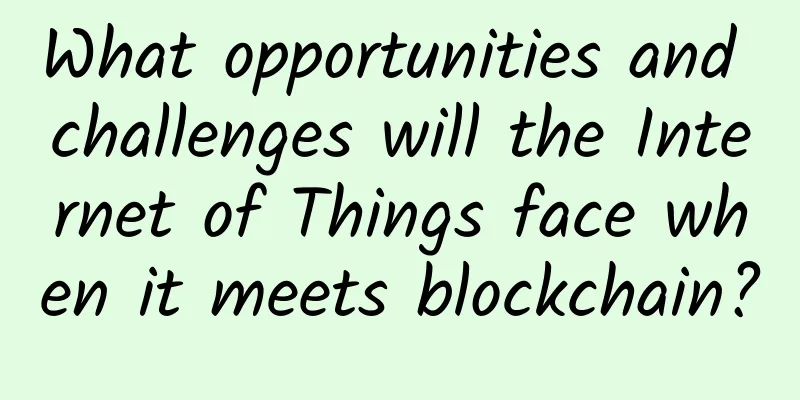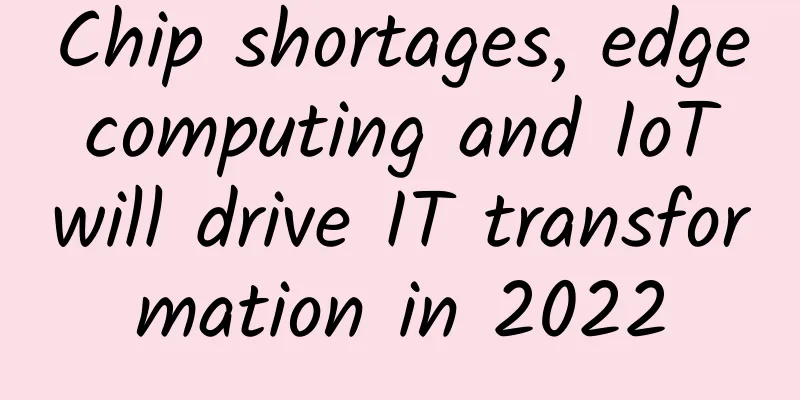LoRa and 5G: Can they be used for IoT network connectivity at the same time?
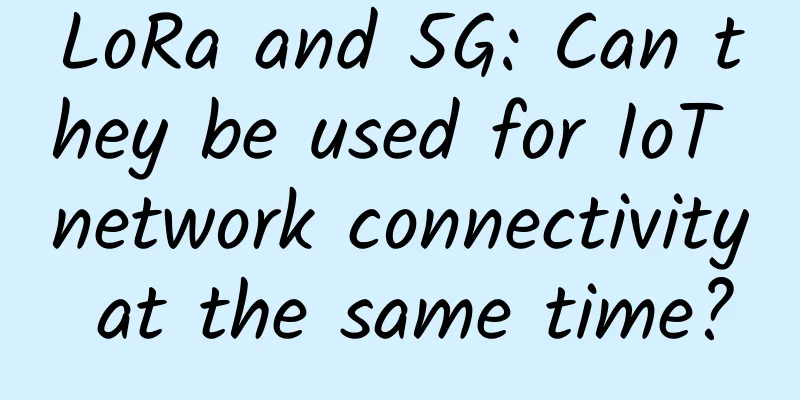
|
There is no doubt that 5G is the new technology of the 2020s, and US operators such as AT&T, Verizon, and T-Mobile are actively upgrading their nationwide networks to welcome this latest generation of cellular technology. At the same time, smartphone users and application developers are eagerly looking forward to significant throughput increases and latency improvements.
What users and developers need to understand is that 5G is also well suited for highly distributed IoT projects. Advances in performance, capacity, and virtual segmentation bring new opportunities to enable capabilities that were previously unattainable with 4G and earlier cellular architectures. For IoT projects that require the immediate transfer of large amounts of data, 5G will be perfectly capable. But what if your IoT project only needs to send small amounts of data over a wireless network? What if the data must be sent at specific intervals rather than in real time? If your IoT project only requires this type of wireless network, 5G would be overkill. In addition, operators will deploy carrier-grade 5G only in densely populated areas, and will not consider remote areas, small towns, and inaccessible places, unless enterprises deploy their own private 5G infrastructure. But doing so is very complex and costly to deploy and maintain. The shortcomings of 5G are exactly where Long Range (LoRa) and LoRaWAN wireless come into play. What is LoRa? LoRa is an unlicensed narrowband technology, which means narrower channel widths, which means cleaner transmissions, which means longer ranges compared to broadband alternatives, including carrier 5G. At the same time, it’s cheaper for enterprises to deploy large LoRa wireless networks – compared to 4G LTE and 5G. The LoRa wireless standard is also highly energy efficient. IT teams can set up remote LoRa transmitters to transmit data intermittently on a fixed schedule, rather than constantly sending and receiving data in real time, so many LoRa devices can be powered by batteries for years. Therefore, if an IoT project requires the deployment of sensors in highly remote areas without electricity, LoRa is an excellent alternative to 5G. LoRa and 5G: Friend or Foe? LoRa and 5G are complementary wireless technologies. 5G is suitable for most bandwidth-intensive IoT deployments, while LoRa is suitable for IoT deployments in agriculture, oil and gas, utilities, and transportation industries. For these use cases, LoRa will be easier to deploy and manage, and will not be as costly as 5G. |
<<: What is DNS and how does it work?
>>: Why do mobile network testers still pursue speed at all costs?
Recommend
Before 5G arrives, let’s talk about what Gigabit LTE is
[[177405]] In October this year, Qualcomm and Aus...
Five-minute technical talk | A brief analysis of the generation strategy and application scenarios of distributed UUID
Part 01 What is UUID UUID stands for Universal Un...
Five things you need to know about edge computing
As technology continues to advance, new models co...
The emergence of Wi-Fi HaLow promotes IoT applications and innovation
Few emerging technologies have the transformative...
Smart home wiring, wired or wireless?
Smart home veterans all know that wired systems a...
Forcepoint releases 2017 cybersecurity predictions
[[179053]] Forcepoint , a global cybersecurity le...
V5.NET New Year 20% off, Hong Kong E5 dedicated server monthly payment starts from HK$440
V5.NET is a business that provides independent se...
Huawei Cloud China Tour in Xi'an invites you to join us and discuss how to collaborate and innovate in the cloud era
[51CTO.com original article] On October 26, 2017,...
Operators' efforts in 5G messaging may accelerate industry reshuffle
5G messages continue to make new progress. Recent...
5G sets sail to create China's "speed"
In 2023, 5G applications will enter their final y...
5G is coming soon. Will it save you money? Operators: Stop dreaming!
According to national planning, 5G will be put in...
Practical Tips: Successful Practice of Edge Computing
Edge computing raises technical concerns, such as...
Do you really understand the network process of IoT terminal devices connecting to the IoT platform?
Nowadays, we use a large number of IoT devices in...
Which cloud SMS service is better? Borui Data released a cloud SMS evaluation report
Introduction Beijing Borui Hongyuan Data Technolo...
On the eve of 5G’s arrival: the game between operators’ capital expenditure and investment returns?
In recent years, while operators' revenues ha...




